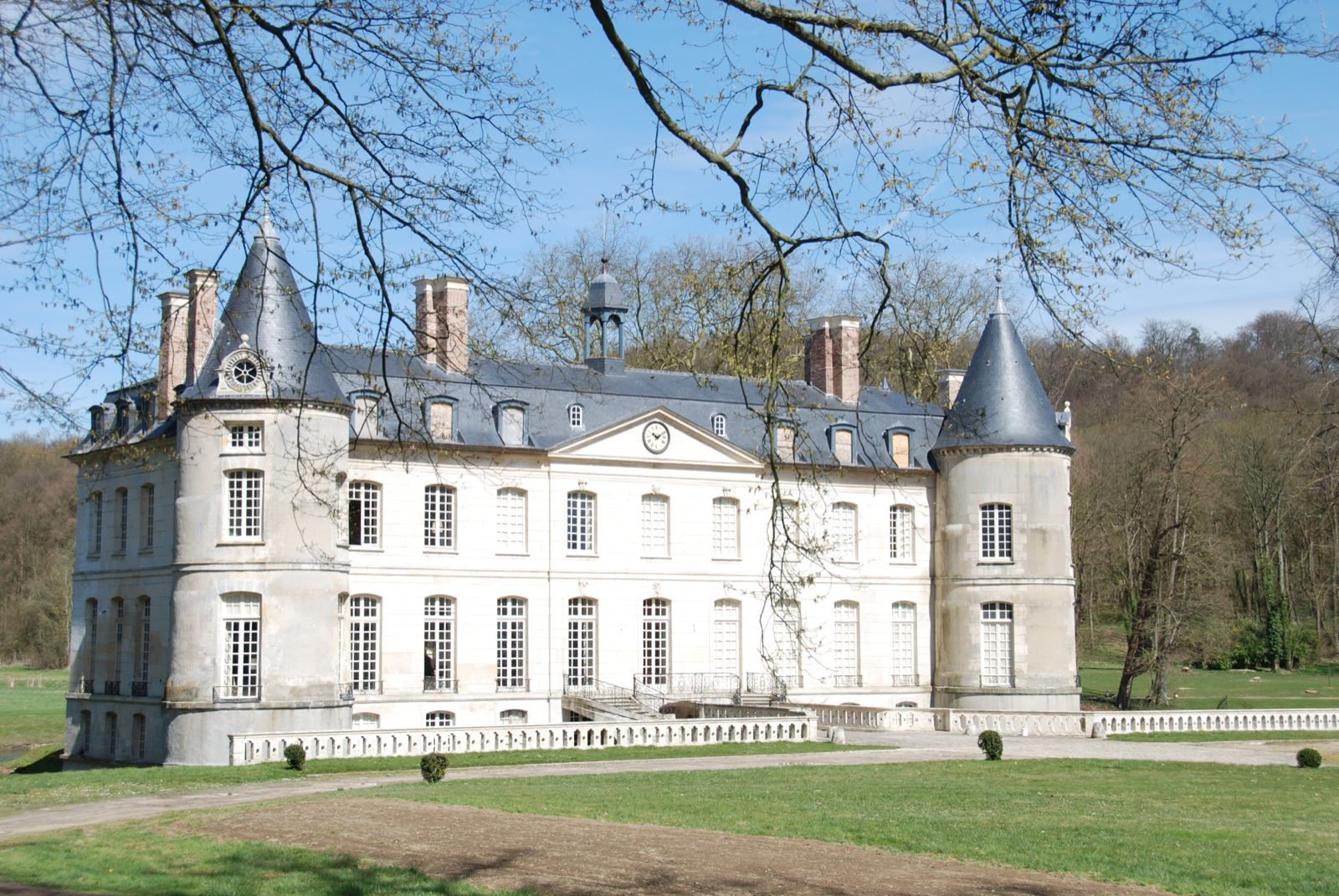Verderonne — A Stage for History and Destiny
The name Verderonne first appears in 1060, in a royal decree where King Philip I grants his rights over these lands to the Abbey of Saint-Lucien in Beauvais — a foundational act, almost sacred in its intent.
In the 13th century, the estate passes into the hands of the prestigious House of Villers-Saint-Paul, one of the most distinguished families in the Beauvaisis. Centuries later, it is on these ancient foundations that a new chapter begins.
In 1586, Gilles de l’Aubéspine, a man of letters and state, acquires Verderonne and builds a château atop the medieval ruins — a residence immortalized by the engraver Israël Silvestre. His grandson Claude, loyal to the crown during the Fronde, earns the right to elevate Verderonne to a marquisate.
Charles, Claude’s son, becomes lord of Verderonne and the nearby domain of Stors. By 1725, Étienne-Louis, Marquis de Beaucourt and grandson of Charles, completes the château’s current structure. In 1733, none other than the Duke of Saint-Simon visits his cousins there — Verderonne reaches its golden age.
But grandeur seldom lasts forever. In 1738, weighed down by debt, the marquis sells the estate to Count d’Andlau. He brings changes to the property and marries Marie-Henriette de Polastron, lady-in-waiting to the royal princesses — later exiled by royal order for introducing a scandalous book to the court.
Their son, Henri-Antoine d’Andlau, marries Geneviève Helvétius, daughter of the famed Enlightenment philosopher. In the gardens of Verderonne, philosophy mingles with court intrigue, as Henri-Antoine moves in the inner circle of Marie-Antoinette, his cousin being none other than the influential Countess de Polignac.
In 1884, the estate is sold by General d’Andlau, senator of Oise, to a Parisian banker, M. Baudrier. Verderonne is preserved in its entirety — until its slow decline begins in the 1960s.
Today, the current owners are lovingly restoring the estate. With each stone revived, a fragment of French history is brought back to life.

